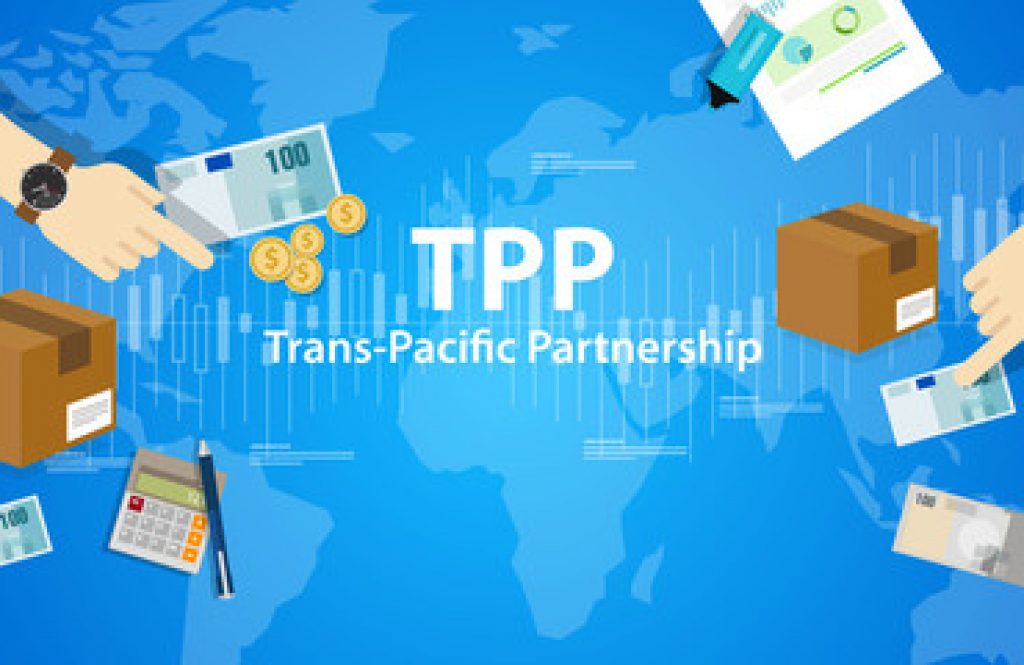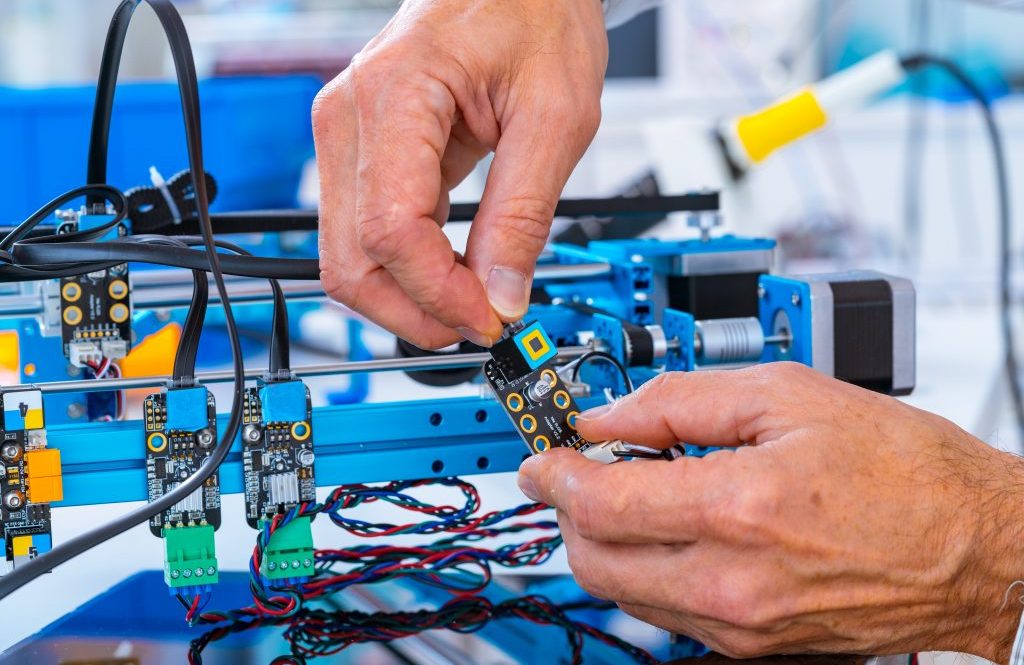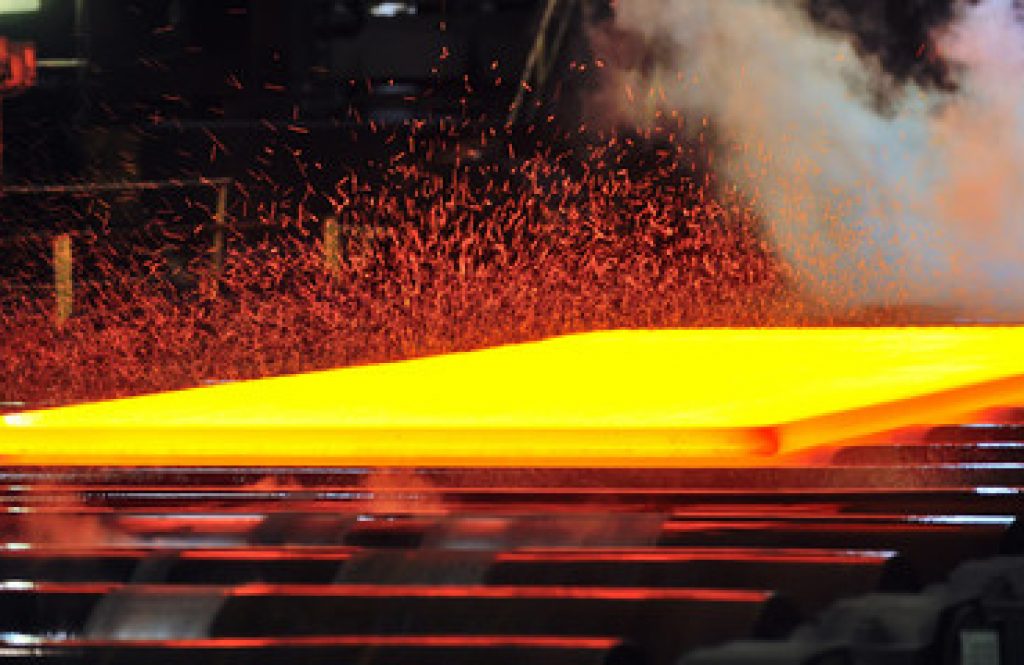The Aerospace industry in Mexico in 2019: An Overview
The aerospace industry in Mexico in 2019 continues to grow and is expected to be among the top 10 in the world by 2020.
According to Luis Lizcano, Director General of the Mexican Federation of the Aerospace Industry (FEMIA), the aerospace industry in Mexico in 2019 is expected to export a total of approximately US $8.5 billion worth of manufactured parts. This will represent a 12% increase over the previous year.
Going forward, FEMIA forecasts that by 2020 Mexico will rank among the top ten countries in the industry internationally and will export more than US $12 billion of Mexican production. FEMIA also projects that by the year 2020 the aerospace industry in Mexico will account for 110,000 of the country’s manufacturing jobs.
Foreign investment in the aerospace industry in Mexico in 2019
According to the Mexican Federation of the Aerospace Industry, the estimated amount of investment in the aerospace industry in Mexico in 2019 will reach nearly US $13 billion. Of this figure, projections are that 75% of capital inflows to the Mexican aerospace sector will have their origins in North America, while the remaining 25% of foreign direct investment (FDI) will come mainly from European sources.
In its document, “Conociendo la Industria Aeroespacial,” Mexico’s National Institute of Statistics and Geography (INEGI) further illustrates the historical importance of North American Investment in the nation’s aerospace industry. During each of the years during the period from 2007 to 2016, the United States and Canada were the leading contributors of foreign direct investment.
Imports and exports to and from the aerospace industry in Mexico in 2019
The aerospace industry in Mexico in 2019 imports approximately 73% of its material inputs from the United States. The US is then followed by France with 8.7%, Canada with 3%, 2.7% from the United Kingdom, and 13.2% from several other nations.
In terms of exports, 80% of the production of the aerospace industry in Mexico in 2019 will go to the United States, while 4.7% is projected to go to Canada. Additionally, France will receive 3.5% of Mexican aerospace exports, Germany will receive 3.2%, and 8.6% of exported goods will be consumed by other foreign country buyers.
According to INEGI, it is projected that 8 classes of products will represent the most imported and exported items by the aerospace industry in Mexico in 2019. These represent 91.7% of total exports and 91.9% of industry imports. Among the eight are:
- Goods for the assembly of aircraft or aero parts – These products represent 31.5% of total exports and 34.3 of total imports;
- Turbojets or turboprops – These items represent 19.4% of exports and 20.2% of imports;
- Other parts for gas turbines – represent 11.7% of exports and 14.9% of imports;
- Goods intended for the repair or maintenance of airships or aero parts – represents 9.8% of exports and 16.5% of imports;
- Aerospace cable sets and harnesses – make up 6.6% of exports and .2% of imports;
- Other parts of aircraft or helicopters – represent 5.2% of exports and 1.1% of imports;
- Thrust greater than 25 kilonewtons (kN) (Turbojets) – this item makes up 4.4% of exports and 4% of imports;
- Landing gear and parts – account for 3.1% of exports and .7% of imports.
Finally, an assortment of other aerospace industry-related items accounts for 8.3% of exports and 8.1% of imports respectively.
Growth projections for the aerospace industry in Mexico in 2019 and beyond
FEMIA estimates an average growth rate in aerospace production volume in Mexico from the present to 2023 of 11%. Mexico’s aerospace industry expansion will be driven by several factors. Among them are:
- Greater opportunities that will result from the implementation of the United States–Mexico– Canada (USMCA) Free Trade Agreement. The new trilateral agreement between the North American commercial partners will eliminate a significant risk to the Mexican economy and will enhance the growth of the aerospace industry in Mexico in 2019 and going forward;
- An expansion of the industry that will occur and accelerate as the result of resources put into a National Supplier Development Program for the industry. This formal initiative to integrate smaller local suppliers into the Mexican aerospace industry was initiated in 2016 and is directed by FEMIA;
- A geographic location in proximity to the United States. Mexico is ideally located for the aerospace industry, as the US continues to be the most important market in the world. Mexico is very competitive in that its industry costs are 15.8% lower than those of its northern neighbor.
A growing industry education infrastructure. In the aerospace industry in Mexico, there are several educational programs for the development of engineers at both the bachelors and postgraduate levels. Among the universities that are represented with such a curriculum are The Autonomous University of Chihuahua (UACh), the Autonomous University of Baja California (UABC), the University Popular Autonoma del Estado (UPAEP), and the Universidad Aeronautica de Queretaro. In addition to institutions of higher learning, companies such as Canada’s Bombardier have implemented extensive training programs in the country.











